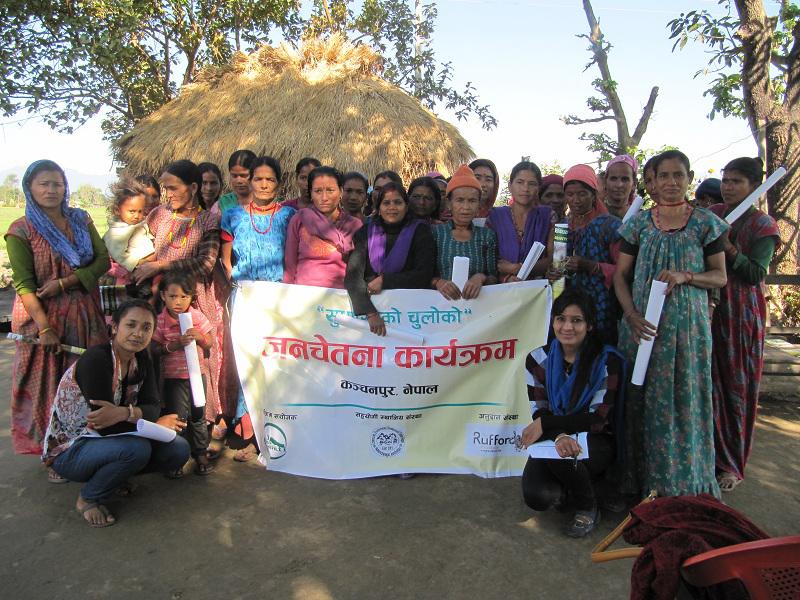Sunil Thapa
Other projects
The aim of the project is the promotion of alternative energy has been a major component of biodiversity conservation, because it reduces human pressure in the park and buffer zone forests. The proposed study will provide new insight into linkage between (1) development and use of alternative energy, (2) conservation of biodiversity, and (3) effective natural resource management policies in the communities in which it is implemented.

Fuel-wood cutting is the major threat to the forests in the Himalayan country of Nepal, where all the energy needed for households comes from fuel wood. As a result, the percentage cover of forest is declining day by day. Forests are home to large number of flora and fauna, and the high fire wood consumption has exerted immense pressure on forest resources. In order to enhance the conservation activities and preserve the biodiversity, programs promoting alternative energy need to be implemented, that reduce pressure on forest resource.
In a country like Nepal, where economic growth is necessary and population growth is high, energy demand will continue to rise in the years to come. Energy consumption patterns and the rise in demand, their sources, and ways in which they are harnessed and utilized have implications for the environment and natural resources, which ultimately affect overall development. The study will assess the perception of local people towards alternative energy and provide framework for the promotion of alternative energy to conserve biodiversity in different parts of the country. The forest conservation and sustainable development is only possible through involving communities towards alternative source of energy. The study will assess the contribution of alternative energy in reducing fuel wood consumption and the status of biodiversity and its changes before and after use of alternative energy resources. Thus the study will reflect the linkage between alternative energy use and biodiversity conservation.
This research will be conducted in Buffer Zones of Shuklaphanta Wildlife Reserve, Kanchanpur District, Nepal. Shukhlaphanta Wildlife Reserve and Buffer Zone Management have implemented various alternative energy programs (solar panel technologies, improved cooking stoves, bio gas plant) to reduce the pressure of fuelwood consumption and to enhance livelihood of the local people. Participatory Rural Appraisal (PRA) techniques will be used to collect data. Perception of the local people on the impact of solar technologies use, improved cooking stoves and bio gas plant on minimizing forest resource use will be measured by scoring the statements on different issues. The collected social and biophysical data will be analysed qualitatively and quantitatively using Statistical Package for Social Studies (SPSS) and Microsoft Excel Software. The data will be interpreted using chart, tables, text, figures etc where appropriate. At the same time awareness campaigns will be launched that encourage locals to use alternative sources of energy. The findings of the research will be useful to detect the change and to implement appropriate energy use programs according to the need and preference of the local people.